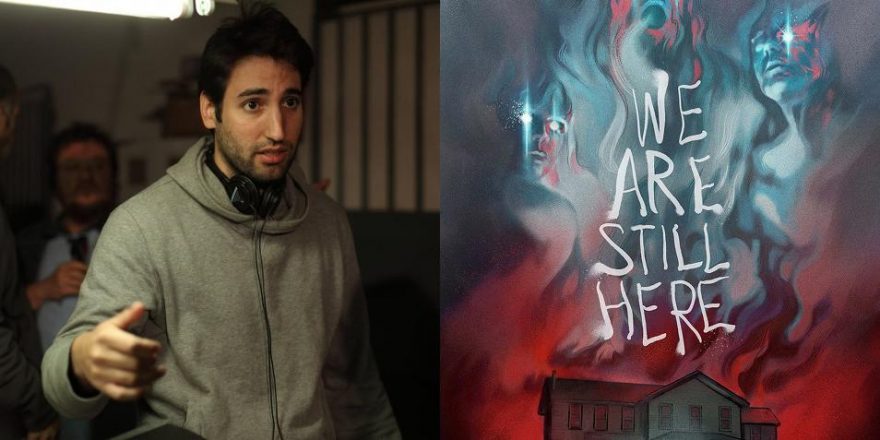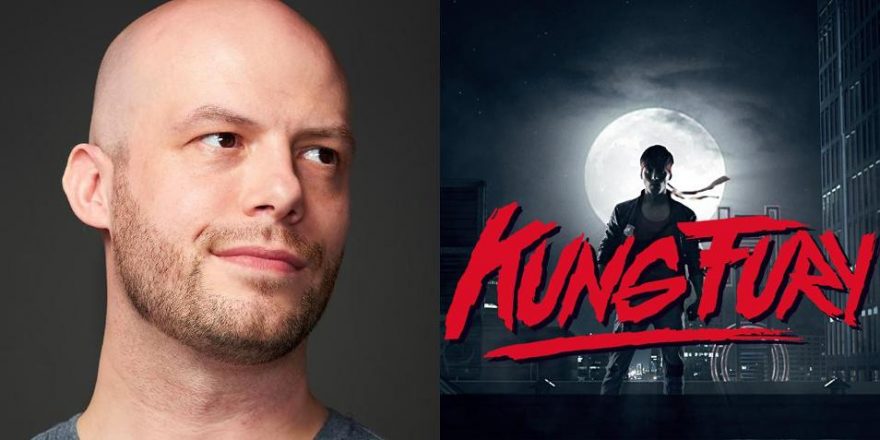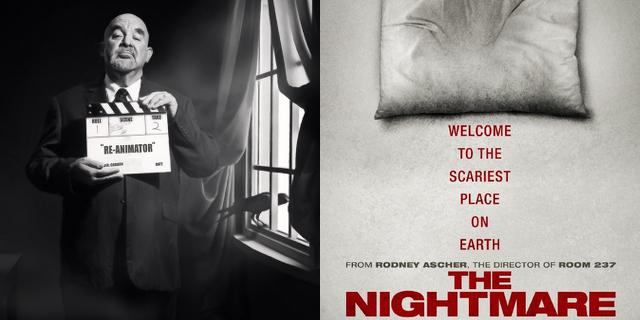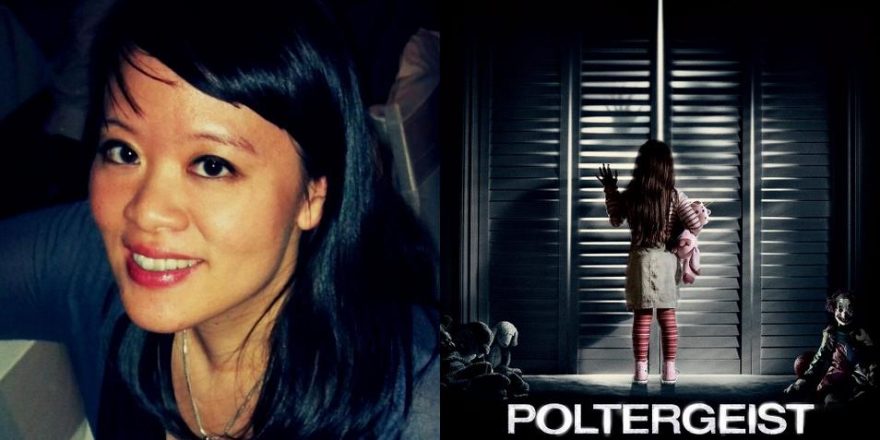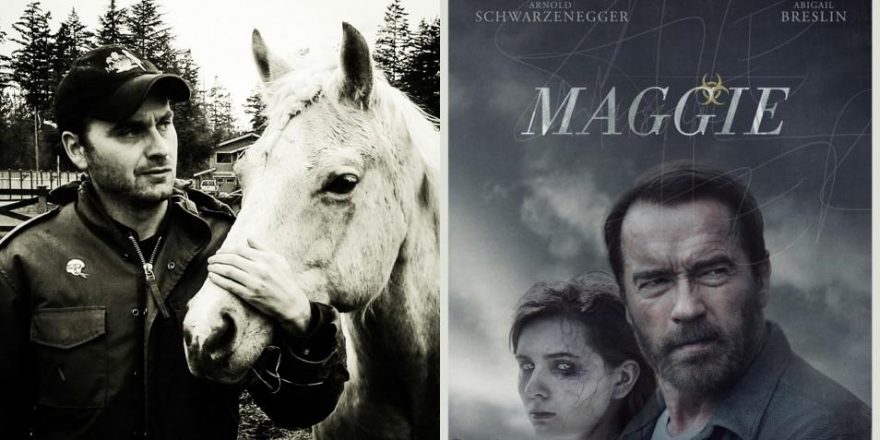When I was asked to contribute to the Talkhouse, I chose to write about We Are Still Here over a couple of other genre films because its trailer showed some very interesting things: mystery, isolation, a premise with potential, and a horror story set in the ’70s. Before watching it, I saw on IMDb that, although he has plenty of experience as a screenwriter and producer on several previous movies, this is the first movie Ted Geoghegan made as a director. I couldn’t help identifying with him, since I have also worked as a screenwriter on many films and just made my debut as a director with The Stranger, which is also a genre movie without any big stars or a million dollar budget. When you know how the industry works and all that you have to suffer in order to conceive, shoot and finally premiere a movie, you tend to be much more empathetic with these kinds of films – and that made me even more interested in We Are Still Here.
But now let’s get to the movie. As I said, We Are Still Here is set in the ’70s and uses zooms, music, camera movement and framing to pay homage to the genre movies of that era. From the beginning, this brings a nostalgic style to the film’s very promising plot: A couple mourning the death of their son try to escape their tragic circumstances by moving to a secluded house in New England. We discover that their home is inhabited by the Dagmar family, terrifying entities with burned bodies who every 30 years prey on the house’s current occupants to feed their hunger for malice (or whatever they are hungry for). The townspeople are complicit in this situation, willingly sacrificing the couple because otherwise they would be the ones to die.
At first, the movie has a slower pace, with static and long shots, which establishes an atmosphere of isolation and generates real tension within the story. The main characters, played by Barbara Crampton and Andrew Sensenig, soberly convey how the death of their college-aged son has devastated their lives. Slowly the paranormal activities begin to increase in intensity, with one particular scene reminiscent of The Changeling with George C. Scott. There are also some very good sequences with different kinds of paranormal murders, and some especially strong moments in the third act. At that point, the movie explodes into a gory feast with lots of scenes that will enchant the fans of giallo and more visceral horror, as Geoghegan organically combines the practical effects of the ’70s with modern CGI without losing the retro feel.
In the final stages of the movie, the entities who inhabit the house – and who require a human sacrifice every 30 years – finally come to light to devour almost all of the townspeople. The concept and the makeup of the Dagmar family are really scary thanks to the simplicity of the visual concept: very disturbing burned figures, charcoal colored from head to toe, with completely white eyes. After we’ve become so used to seeing elaborate, complex monsters created with CGI and expensive makeup effects, the way Geoghegan and his team achieve something equally effective with a much more limited budget and far fewer elements is worth praising.
In We Are Still Here’s second act, there is a scene that features a slightly stiff performance by one of the minor supporting actors that took me out of the story for the first time. From experience, I know that these types of problems that seem so evident when you watch a finished film are sometimes very hard to avoid. When directing a movie, one worries a lot about casting the right actors for the leading characters; however, sometimes due to the lack of time and resources there is no opportunity to rehearse some of the supporting actors, or even meet them in person. For that reason, one ends up getting to know these actors on the set on the day of the shoot, and by then it is too late. The more one tries to give people direction and help them lose their tendency to overact, the more everything seems to be completely useless, and what ends up in the movie is just the least bad of the takes, after having tried to edit the sequence in a thousand different ways.
Fans of giallo and, above all, of Lucio Fulci will find in We Are Still Here one of their favorite movies of the year. Thanks to Geoghegan’s nostalgic and bloody style, We Are Still Here is both an innovative film and a very promising debut for the director, who I hope will continue on this same track for his next films.



